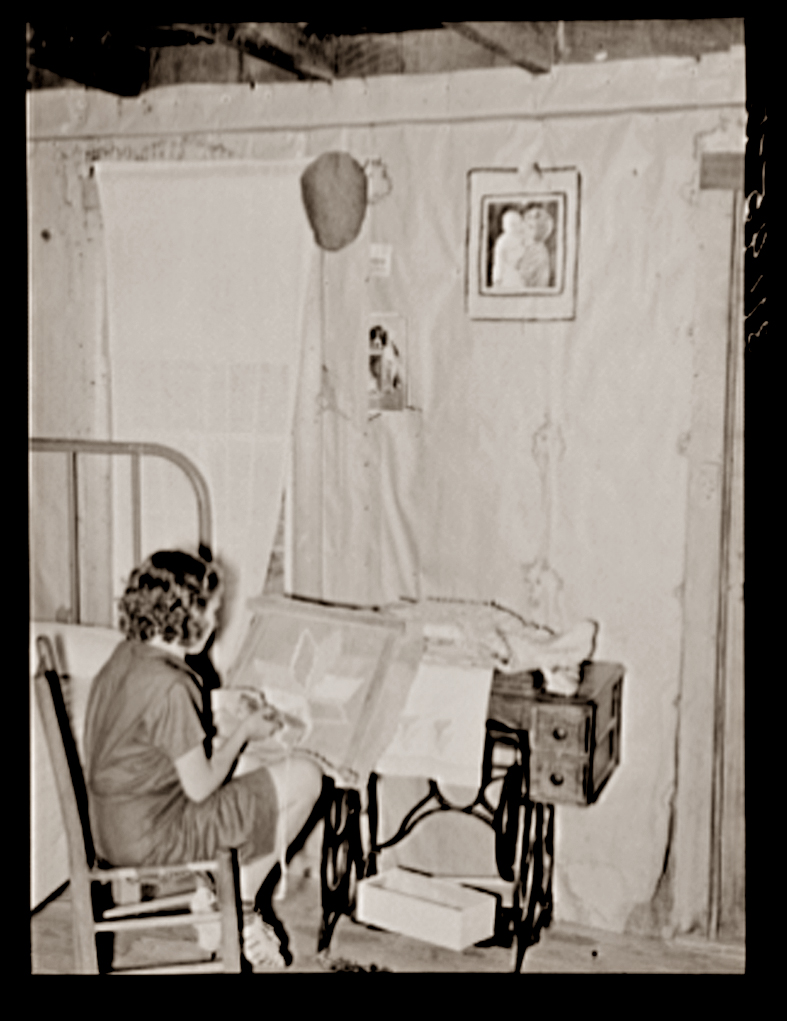Late in the Nineteenth Century Western visitors had lots to say about the Primitive skins worn by Central Asian nomads, aristocratic Pashtuns, bandit robber nomads and horse rustling dealers. Dr Susie Rijnhart called them "Ugly sheepskin gowns". The writers of "The People of India" called them "a cloth lined cloak and a most comfortable wrapper".
Known in Afghanistan as Posteen, Tibet as Chuba and Eastren Siberian Yakut as Sahynnax. In Afghanistan's Pamirs pieced skin covers are called postak while in the Southern province of Wardak they are called pashmani. 1
William Woodville Rockhill affords us a view into a past where animal skin Chuba in Tibet were worn by many including, "Woman Wearing Sheepskin Chuba", "Tibetan Boys of Jyade' " and the two hide wearing vagabonds "Dopi and Dowe". No imported fabrics, silk sheets, high thread counts or Pashmina to keep you feeling fuzzy warm and modern here, just the reality of surviving through to the next day, look at the woman in front of Rockhill's tent she barely has the motivation to meet the day.
Take a tour further North to Siberia and across to Alaska the concept of wearing animal skin clothing continues like a never ending procession through space and reaching back into the mists of history. Locally skinned animals culled from domestic and wild stock, hoof or flipper, land or sea. Taken from your own herd or hunted down then skinned, softened and tailored into your own version of a primitive coat or cover.

The use of needle and thread to bind animal skins to form the final design can be seen on the back of the Kirghiz pieced skin cover from the Afghan Pamirs. The Kirghiz Postak resembles Posteen and Chuba. A common look wherever animal skins are stitched together to create clothing, bedding and flooring.

1. Thierry Girard http://www.primitiverug.com/kirghiz-pashtun-pieced-skin-rugs/
Image attributions:
Dopi and Dowe, Two Men in Costume 30 APR 1892 Rockhill, William Woodville Contained in: Photograph collection ca. 1860s-1960s
Description: 1 photoprint 005 in x 007 in Black and white photoprint
Place of creation: Tibet Tsinghai Province/Qinghai Province Shang-Chia Village (Near) China Tsinghai Province/Qinghai Province Shang-Chia Village (Near)
DOE Asia: Tibet: Rockhill Colln 04865500, National Anthropological Archives, Smithsonian Institution
Two Boys in Sheepskin Chubas (Wrap Around Garments) 22 JUL 1892
Rockhill, William WoodvillePhotograph collection ca. 1860s-1960s
1 photoprint 004 in x 004 in mounted on 004 in x 007 in Black and white photoprint on standard card
Place of creation: Tibet Tibet/Jyade China Tibet/Jyade
DOE Asia: Tibet: Rockhill Colln 04865600, National Anthropological Archives, Smithsonian Institution
Woman Wearing Sheepskin Chuba (Wrap Around Garment) Outside Tent n.d.
Rockhill, William Woodville Photograph collection ca. 1860s-1960s 1 photoprint 006 in x 008 in mounted on 007 in x 010 in
Black and white photoprint on cardboard mount. Place of creation: Tibet Tibet Namru De/Tengri Nor (Near)
China Tibet Namru De/Tengri Nor (Near)
DOE Asia: Tibet: Miscellaneous 04864400, National Anthropological Archives, Smithsonian Institution





